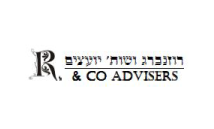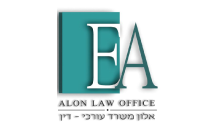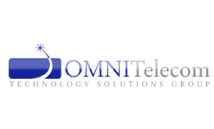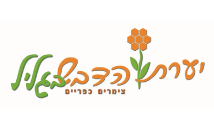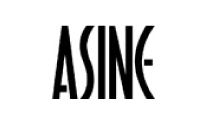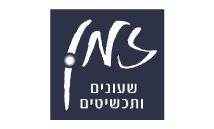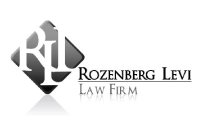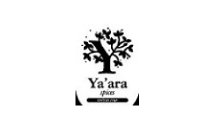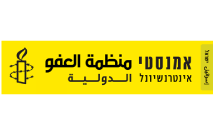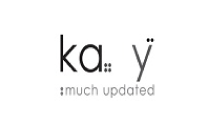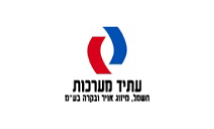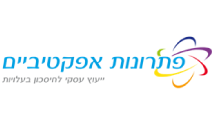The Challenge
The worldwide globalization revolution has changed the face of the environment in which many organizations
operate. Many institutional and business organizations understand more and more that multiculturalism is a fact of their existence, and that they themselves constitute a daily meeting point for different populations and cultures.
Diversity Management is a pressing challenge facing multicultural/global organizations operating in a changing environment. Mutual cultural competency with MABAT 2020 is the practical organizational training we offer.

Diversity Management - What For?
Managers' needs for knowledge and tools to manage intercultural diversity arise in cases such as:
- Recruiting employees in a multicultural environment
- Cooperation with other countries
- Stages when a company expands in a global direction through mergers, acquisitions, establishing subsidiaries and more.
- Managing employees from other cultures
- Various organizational ethical issues on the topic of multiculturalism
- Congregating challenge - this is another core challenge for manager of organizations operating in hetrogenic, multicultural environments
Every employee is firstly a human being, a social creature by nature, who is drawn to similar people, but find themselves in situations with diverse populations congregating as groups, at the cost of belonging or joining other groups or an organization itself.
These circumstances constitute fertile grounds for strengthening barriers in an organization against a multicultural background, intensify divisive stigma and create distance in relationships and communication both within an organization and with clients from diverse populations and cultures.
The aim of managers is to remove these barriers and create unity and cooperation with the unifying factor being organizational aims and culture and differences between people will be a unifying and empowering factor.
It is not always easy for organizational managers to cope with the challenges brought up by cultural gaps and to manage their diversity.
Up to date resources show that among business and institutional organizations, a high percentage of new employees resign after their initial six-month probationary period, thus only some successfully integrate and meet organizational demands
Moreover, studies have shown that employees who successfully overcome their first- year integration
.challenges greatly increase their chances of continuing their careers in the organization

Aspects of Diversity Management
There are a number of diversity management aspects in multicultural organizations:
Makeup of work force - in global companies the workforce is made up mainly of men. Organizational actions to create a diverse workforce including women at all levels, reflects an organization's culture and viewpoint. This aspect is relevant also for disadvantaged populations, unique populations (minorities, Israelis of Ethiopian origins) and long-service employees.
Cultural diversity - every employee joins with his/her cultural baggage. Different values, ethical norms and behaviors, festivals, food, religious beliefs and more. Culture is in fact everything! Organizations with cultural competency develop managers' means and skills to continually develop and manage cultural diversity.
Personal diversity - diverse personalities work in an organization, some of this is linked to the cultures of employees and some not. Managers with interpersonal skills with all personalities are a gift to an organization. As studies have proven over and over ... "People work for people".

Cultural Competency
Optimal diversity management is possible through cultural competency views and skills. The ability of a system to provide service to clients who are diverse in the values, beliefs and behaviors, using language understood by speakers, and including adapting services provided to diverse social and cultural needs. The final goal is the existence of a system, including professionals working in it, capable of providing quality and the most effective service to every client irrespective of race, origin, cultural background and language (Betancourt et al., 2002).
A cultural competency process provides a response at three levels: individual, system and organization. Multicultural/global organizations considered to be "good places to work" for employees, possess cultural competency that maintains the following standards:
- Refers to existing differences between employees from diverse cultures/countries as well as gender and age.
- Refers to different languages, behavioral norms, holidays, times, perceptions and beliefs. Everything included in diverse cultures.
- Empowers the unique skills of every employee from every culture and knowing how to leverage them for organizational benefit.
Managers in world leading multicultural organizations understand today that it is up to them to equip their training systems with knowledge, methods and tools to bring about an organizational culture that includes collaboration and cohesion between diverse population groups existing within. We call this organizational process mutual organizational cultural competency, and MABAT 2020 is the unique implementation method we have developed to achieve this.

Cultural Competency
ב"ה
